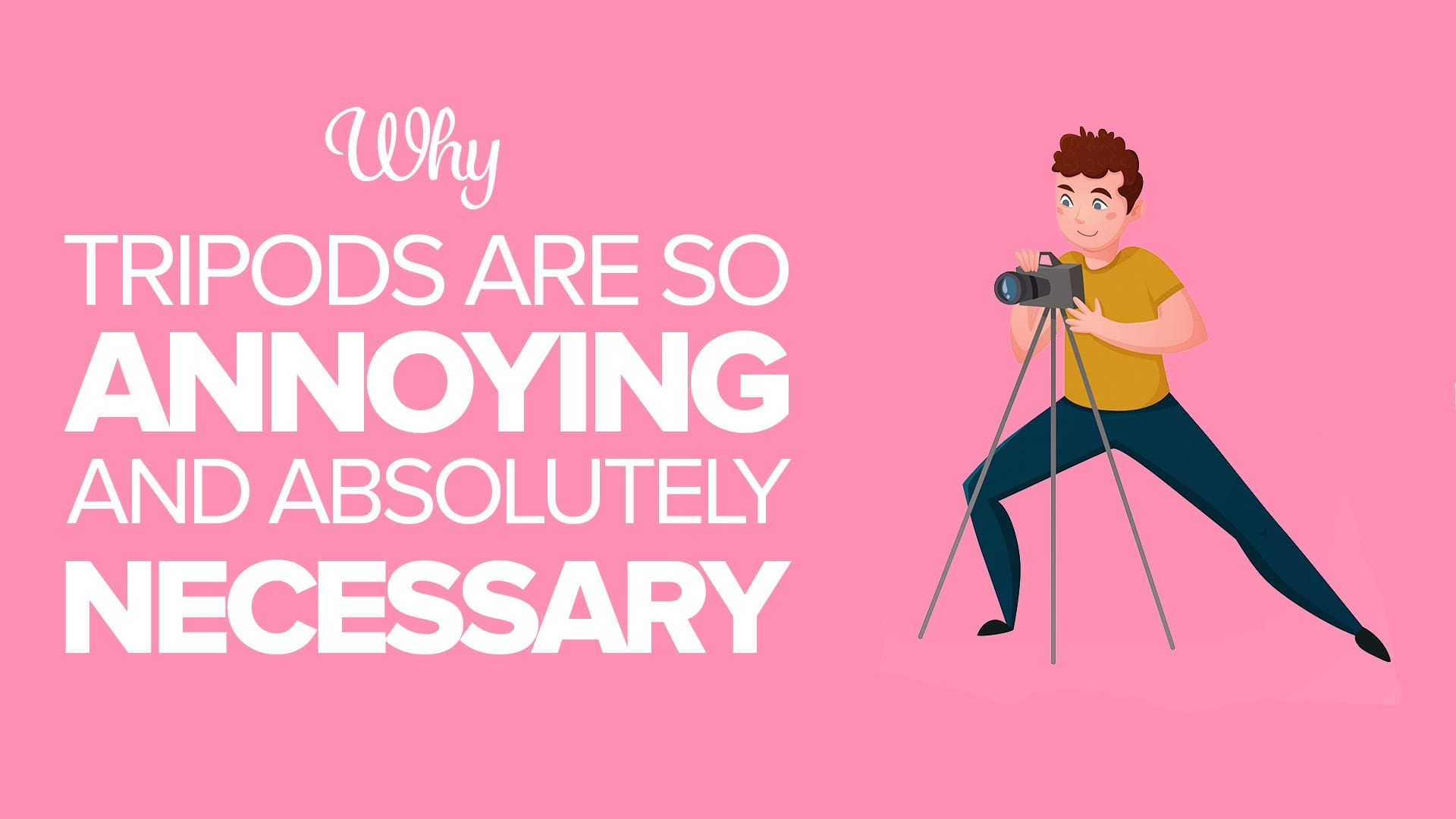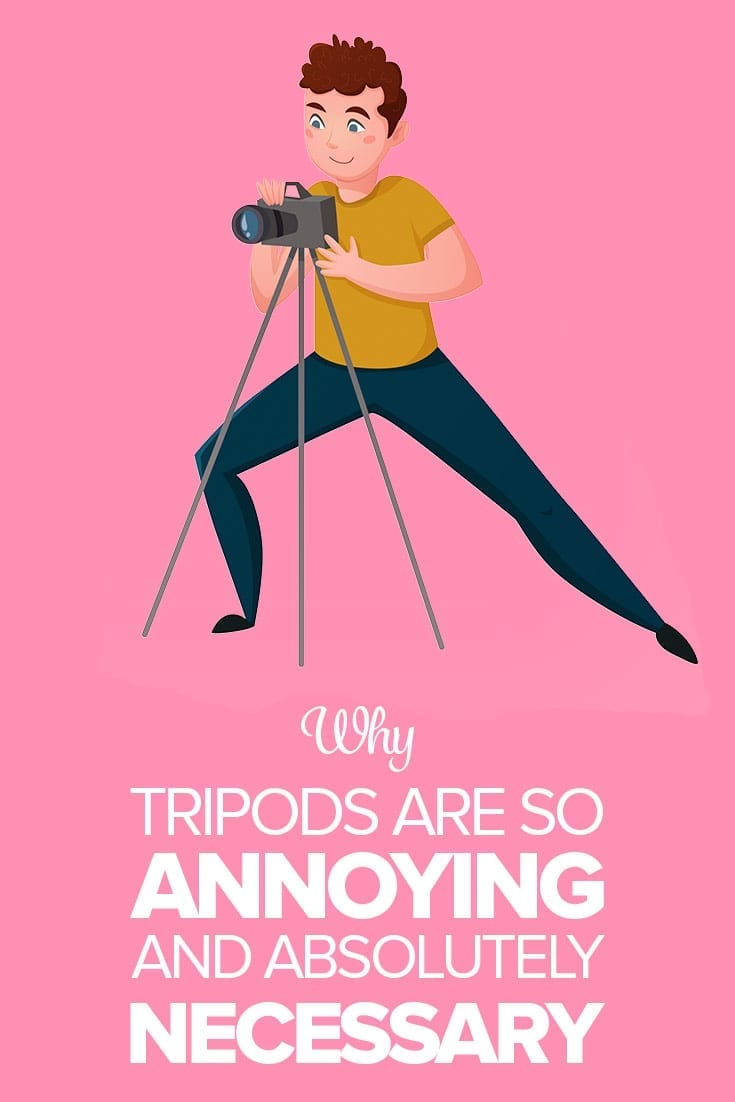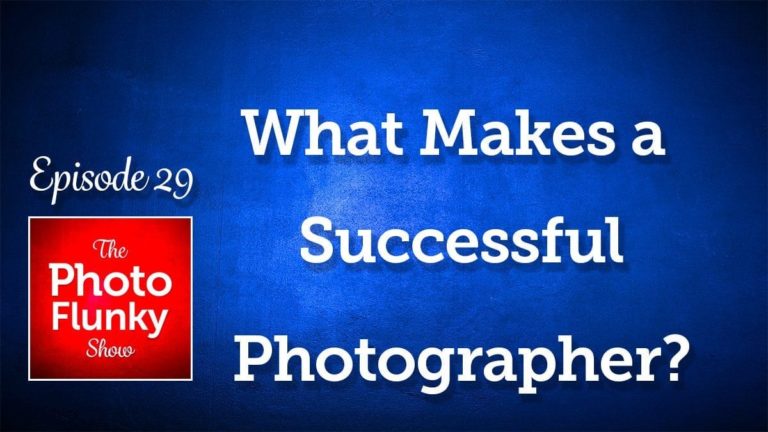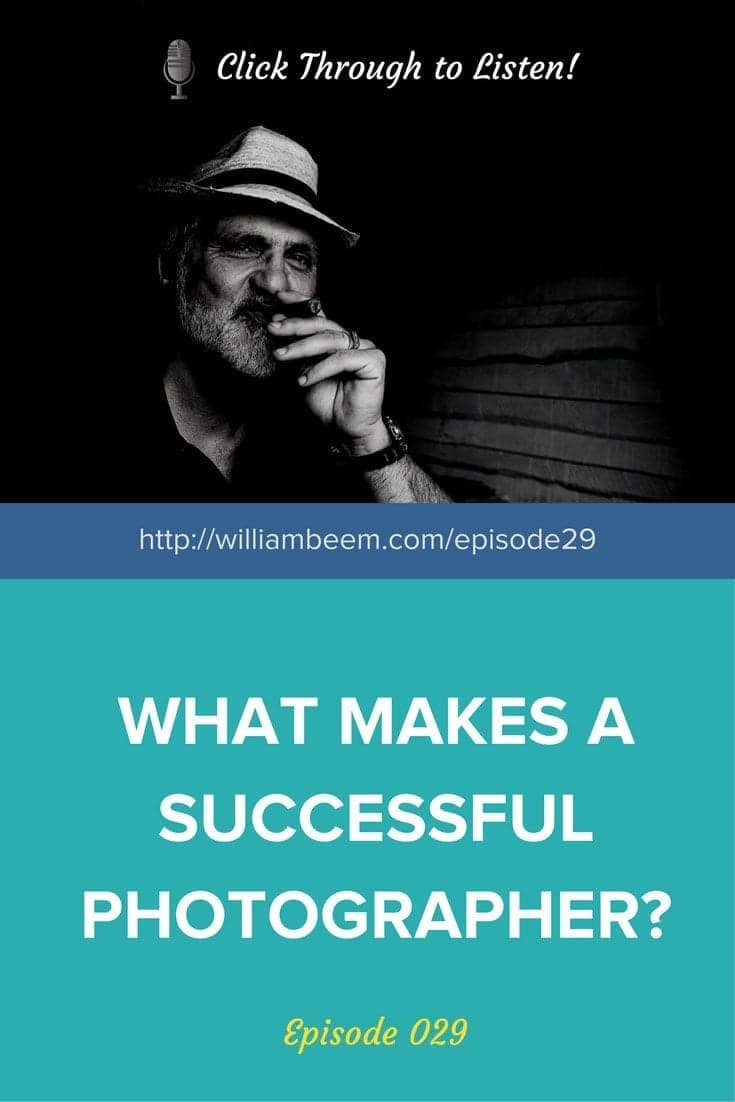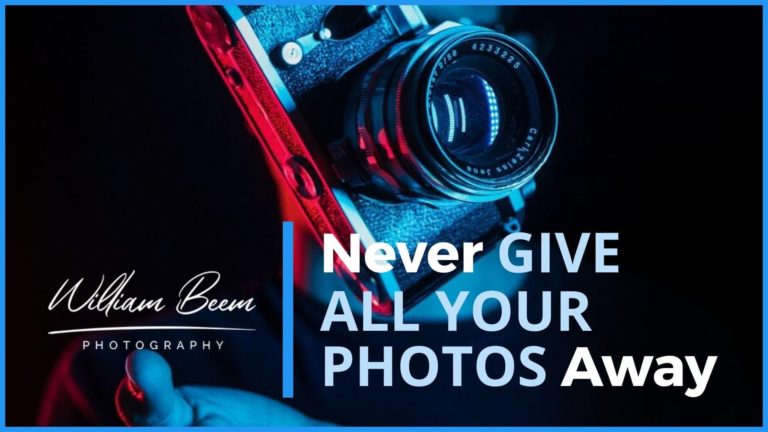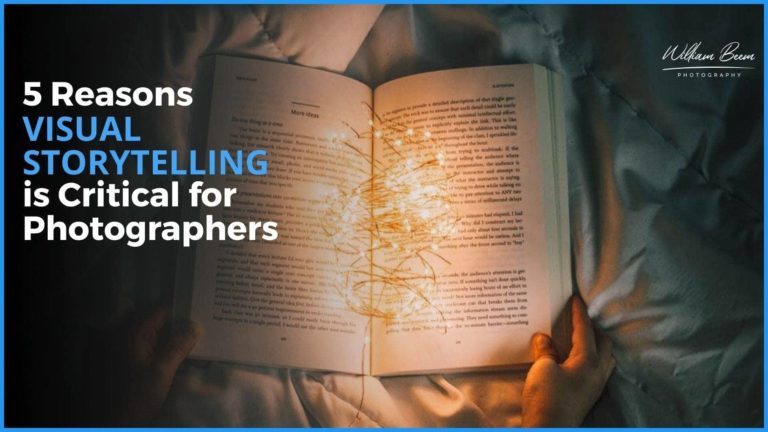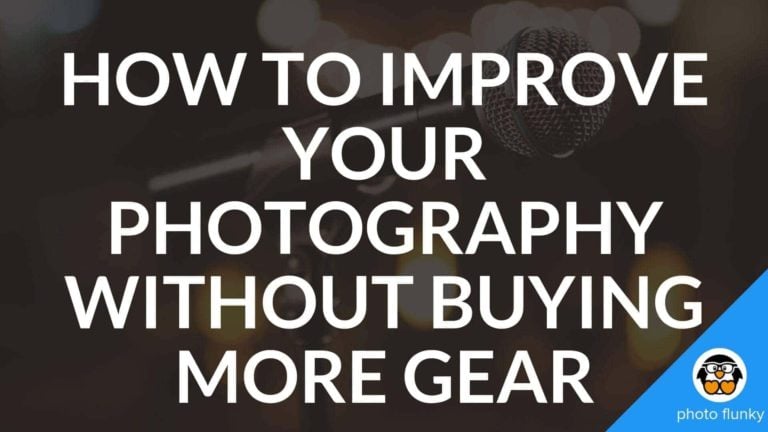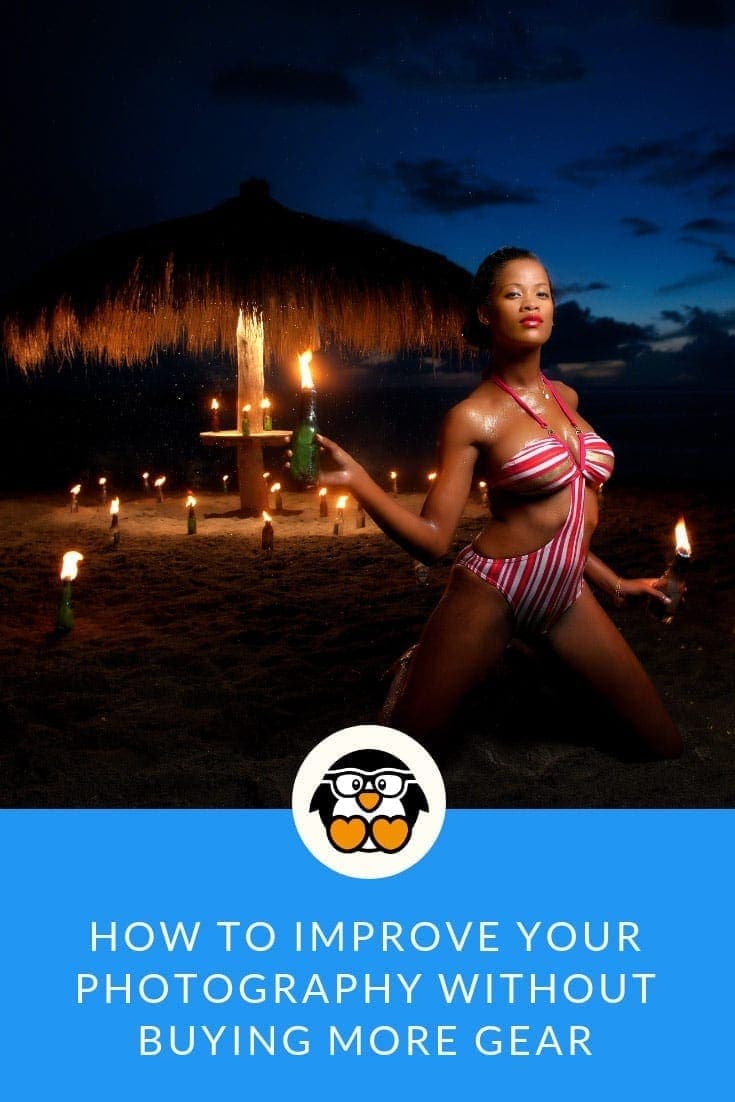Affiliate Disclosure: We earn a commission if you purchase through one of our links at no additional cost to you.
Tripods are absolutely necessary for photography, but they can also be rather annoying. Here’s what to expect in this post and episode.
Remember, tripods come in different sizes, are made from different materials, and there’s no sense in spending money on features you don’t need.
What Makes Tripods Annoying?
I’ve purchased a few tripods over the years, and that’s the first thing that annoys me. Here’s the progression of my tripod purchases, and I hope you don’t make the same mistakes that I did:
Photography is full of compromises, so I tend to rely upon the Pareto Principle (the 80/20 rule). In this case, it means the best purchase for me is something that covers about 80% of what I want it to do. I’ve yet to find anything that does 100% of what I want.
Excess spending aside, there are other things that cause tripods to be annoying.
Tripods Attract Attention
I can honestly state that any time I’ve been hassles for photography was when I used a tripod. Plenty of people have DSLRs these days, so it’s not much of an attention-getter these days. However, most people don’t put them on a tripod.
As soon as you’re out in public using a tripod, you become what security guards will call “a professional photographer.” It doesn’t matter if you are working for money or just your own hobby. You have professional gear.
That means you’re under scrutiny. Perhaps you should have paid for a permit for professional photography. Maybe you’re obstructing others, either from walking or gathering in a public place.
Tripods Restrict Your Mobility
One of your advantages as a photographer is your mobility. You can easily move around your subject to take advantage of different perspectives or lighting angles. It’s pretty cool what you can create when you move around.
That’s not the point of a tripod, though. A tripod roots you in a specific spot. After all, stability is the goal. You pick your spot, stay there, and take your shots. If you decide that you’d be better served somewhere else, it’s not a quick and easy proposition to move your camera and tripod.
You don’t bring a tripod with you because you have one. You bring it because you know that you need it to provide stability. Sometimes it’s OK to leave the tripod at home.
When Tripods Are Absolutely Necessary
Some photographers have a romantic connection with their tripods. Maybe you’ve seen photos of a beautiful landscape with a photographer lugging is tripod and camera over a shoulder, or perhaps it’s a shot of her in position and peering through the camera held upon the tripod.
Don’t think that tripods are just for landscape photographers, though. Portrait photographers use them quite often. One of the important things about portrait photography is to connect with your subject. It’s hard to do with a brick of plastic and glass in front of your face. So you arrange your composition on the tripod, raise your head up to connect with your subject, and click your shots using a remote cable release.
Commercial photographers often need tripods. That’s because they need to take several photos from the same point of view. You know those food photos with just the perfect pour. It could be maple syrup on pancakes or waffles. Maybe it’s a sauce pouring over a main course.
Whatever it is, the trick is to get your perfect shot of the food before you pour, and then get several shots as you make the pour. Then you stack those photos in Photoshop to blend in the pour that works the best.
Try getting that to work out easily without a tripod.
HDR photographers know the importance of tripods. You end up with multiple photos that you need to blend together to get that dynamic range. It works best if they all align correctly.
Fireworks are long exposure photos. There’s often a background element that needs to be tack sharp while the explosion of light travels across the scene. You need the long exposure not just for the fireworks as they travel for a few seconds, but to allow enough light to collect on your background. You know, because it’s dark. Nobody wants to see high ISO grain on fireworks.
What Should You Consider When Buying a Tripod?
What’s important to you about a tripod? You may not even know at the moment, so I have a few points to consider below.
Remember that there are always compromises in photography, and particularly true for gear. If you only have one circumstance for your photography, you have better odds of getting the perfect tools for your needs.
Most of us tend to do multiple things, so our tools may be great for some tasks, but not so great for others. Just keep in mind what you do most. Find your 80% and look for attributes that serve most of your needs, if not all of them.
Does that mean you should only buy one tripod?
I rely upon two. One for studio work and one for travel. Oddly enough, my studio tripod would also be the best choice for landscape work. My travel tripod would be best for multiple clients if I did headshots as a business.
I’m covered, but I paid Really Right Stuff a hefty price for my gear. You don’t have to buy something that expensive to have the right product. I like them and really do recommend Really Right Stuff, but it’s a premium priced product.
That’s why I’m not recommending any particular tripod or brand in this article. Instead, you can decide what’s important for your needs based upon the criteria below.
How Big is Your Tripod?
There are a few things you need to consider when evaluating the size of your tripod.
Size When Collapsed
If you need to travel with your tripod, take a good look at the measurement to the tripod when it’s fully collapsed. Not just the length, but also the girth. Can you easily pack it in your camera bag, strap it to the outside, or does it fit in a suitcase?
How much space will it take when your tripod isn’t in use and you need to stow it away somewhere?
Maximum and Minimum Height
You may not always need to use your tripod fully extended, but it’s good to know how much height you can get out of it. If you want to take an eye-level portrait of a person over six feet tall, will your tripod extend far enough to do the job?
Equally important, how low can it go? If you want to get some of those ground level photos of flowing water, look for a tripod that can splay its legs wide and allow that low angle of view.
How Much Does Your Tripod Weigh?
If you never take your tripod on a trip, a heavy tripod isn’t a big concern. In fact, it may be a benefit to keep it rather sturdy.
For those who travel with their tripods, weight is a concern. You can gain strength and stability while maintaining light weight using a carbon fiber tripod, but you’re going to pay for it.
If 80% of your use is in a studio environment, save your money and get a heavier tripod. You may have to suck it up on the occasional travel, but your wallet will thank you. If that 80% is the other way around, it may be worth the money to get a sturdy, yet lightweight, travel tripod. Your back will thank you.
Does Your Tripod Need a Center Riser?
Not all tripods have a center rise. That’s the pole in the center of some tripods that allow you to raise or lower your camera without having to adjust all the legs to get the perfect height.
A center rise can be incredibly convenient. If you’re a headshot photographer, you can easily adjust the height of your camera to suit each subject instead of adjusting three legs.
The downside of a center rise is that it introduces the potential for instability. That center plate where all three legs connect is the most stable platform for your camera. When you start using a center riser to increase the height of your camera above the center plate, you lose some stability. The higher you extend the rise, the less stability you have for your camera.
In a studio environment, that’s not such an issue. You likely don’t have to deal with strong winds or worry about placing the tripod legs in a rushing stream.
For landscape photographers, you take your time to pick your location and adjust the legs perfectly for height before taking the shot. You don’t have to worry about making frequent changes, so you want something that maximizes stability. That’s when you find something without a center riser.
If you need to get very low and you have a center rise, please make sure your tripod allows you to remove it so the legs can splay wide and allow your camera to get low to the ground.
Do You Need Aluminum or Carbon Fiber?
These days, you typically find two materials in tripods – aluminum and carbon fiber.
If money is no object, go for the carbon fiber. It’s lighter and stronger than aluminum. Carbon fiber also does a better job of eliminating vibrations in the legs that can cause a bit of shake in your camera. It’s the best option.
Yet it is also the most expensive option.
If your photography is indoors and carrying weight is not a problem, go with aluminum. Yes, it’s heavier. However, it’s also much less expensive. You’re unlikely to have vibration issues indoors due to wind, water or other natural conditions (except earthquakes).
Why spend the money on carbon fiber if you don’t need the benefits it provides?
Does it Have a Ballhead or Will You Have to Buy One Separately?
Some tripods have a built-in head. Others require you to buy one separately.
Although it’s an additional cost, I favor tripods that allow me to choose the ballhead that I want. The reason is that built-in heads tend to have some limitations that I don’t like.
For instance, they may require a specific plate on the bottom of your camera to mount. Why does that make a difference?
The most important reason for me is because I use something called an L-plate to mount my camera to the head. An L-plate has two mounting points. The one on the bottom works for traditional landscape orientation, and then the vertical side allows me to mount the camera in portrait orientation.
That’s important because it means the weight of my camera is over the head, at the strongest point for support.
The plates that only mount on the bottom of the camera require you to use the ball head to turn the camera on its side, unsupported over the head. That changes the point of balance for your camera, and removes some of the support you wanted in the first place.
Now think how that can be a problem depending upon the orientation of the tripod legs. If it’s leaning over on a point supported only by one leg, it makes for a good time to fall over and damage your camera. You would want that camera to at least be angling over the side of the head between two legs.
When I’m out trying to concentrate on taking photos of my subject, I don’t want to be distracted about silly issues like this off-balance mounting problem. I put my camera on my tripod so it’s secure. That means using an L-plate so it’s over the center of gravity and supported by all three legs.
Anything else is a potential accident waiting to happen.
Price and Value
Those are very personal decisions. My best recommendation is to make sure you truly consider what you need, combine that with what you can afford, and get the best value for your money.

